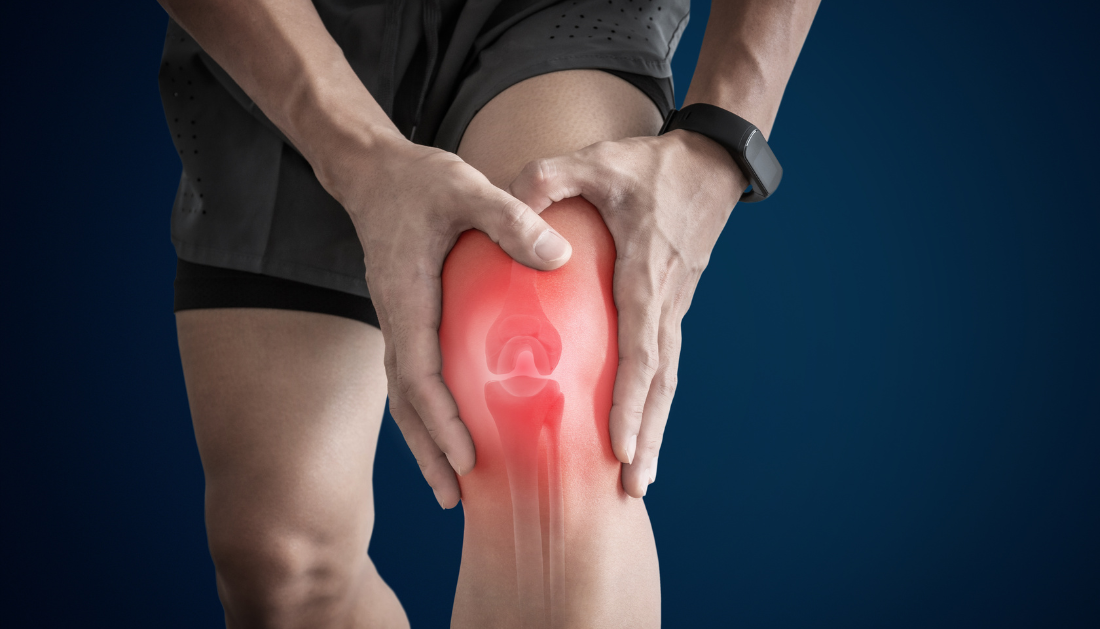

A recent study published in Scientific Reports investigates the potential link between vitamin E deficiency and osteoarthritis cause by examining the relationship between circulating levels of α-tocopherol, the body’s primary form of vitamin E, and OA.
Vitamin E and OA
Articular cartilage degradation is the primary cause of osteoarthritis (OA), a degenerative joint condition that progresses over time. Because of this, OA may cause a considerable impairment in carrying out daily tasks, which lowers the quality of life for those who are impacted. Currently, the only proven treatment for osteoarthritis is total joint replacement.
Vitamin E is a lipid-soluble vitamin with strong antioxidant properties. In addition, there are eight other forms of vitamin E: four tocopherols (α, β, γ, and δ) and four tocotrienols (α, β, γ, and δ). α- and γ-tocopherol are the two main forms of vitamin E in the body.
One important factor in OA that leads to joint deterioration is oxidative stress. Previous research has linked the antioxidant and anti-inflammatory properties of vitamin E to its involvement in osteoarthritis.
Concerning the study
Genetic variants are used in MR analysis to establish the causal relationship between exposure and outcome variables. To this aim, the current study evaluated any causal relationship between α-tocopherol levels and OA using MR analysis.
7,781 people of European ancestry from a genome-wide association study (GWAS) were included in the study cohort. We found three single nucleotide polymorphisms (SNPs) that were highly correlated with levels of circulating α-tocopherol: rs964184, rs2108622, and rs11057830. In the end, confounding variables like age, cholesterol level, and cancer status were taken into account.
The main outcome variable was clinically diagnosed OA, which was determined by joint arthroplasty recommendations or imaging evidence. An additional result of Open Access came from the UK Biobank.
Study results
The MR analysis results did not reveal a causal link between circulating α-tocopherol levels and osteoarthritis (OA) cause. This suggests that α-tocopherol levels may not play a role in slowing the progression of OA. There were also no significant gender differences observed.
Prior in vitro studies have documented a protective effect of vitamin E or α-tocopherol levels on osteoarthritis. Furthermore, vitamin E has been found to have a positive effect on joint degeneration in animal trials.
In contrast, a Japanese study indicated that once confounding variables were taken into account, there was a negative correlation between vitamin E and knee OA. When evaluating the data as a whole, it is still unclear if vitamin E status and OA are causally related.
Advantages and Drawbacks
The use of MR analysis, which assigns SNPs at random during pregnancy to limit the impact of confounding circumstances and reverse causality of utilizing genetic variation, is a fundamental strength of the current work. The study’s utilization of a sizable GWAS dataset for the MR analysis is another highlight.
The validity of the study conclusions was validated by two sizable datasets. Moreover, comparable results were obtained from gender subgroup analysis, and the SNPs were consistently eliminated by the sensitivity exercises.
A significant constraint of the present investigation is the exclusion of γ-tocopherol, an additional principal form of vitamin E in the organism. Furthermore, merely three SNPs correlated with levels of circulating α-tocopherol, which might have an impact on MR Egger regression’s ability to detect pleiotropy. To validate the current findings, new instrumental variables and updated GWAS data should be included in subsequent research.
The use of a linear MR analysis to determine the causal relationship between OA and circulating levels of α-tocopherol is another restriction. Α-tocopherols may have a threshold effect as well, thus future research endeavors should employ non-linear MR analysis to corroborate these findings. Because only Europeans were included in the study cohort, there is also limited potential for extrapolating the current findings to other diverse populations.
In conclusion
The MR study was unable to establish a link of causation between circulating levels of α-tocopherol and OA. To confirm these results, however, more MR analyses based on more instrumental factors and updated GWASs are necessary.
For more information: No genetic causal association between circulating alpha-tocopherol levels and osteoarthritis, a two-sample Mendelian randomization analysis, Scientific Reports, doi:10.1038/s41598-024-60676-5
more recommended stories
 Is Prediabetes Reversible through Exercise?
Is Prediabetes Reversible through Exercise?150 Minutes of Weekly Exercise May.
 New Blood Cancer Model Unveils Drug Resistance
New Blood Cancer Model Unveils Drug ResistanceNew Lab Model Reveals Gene Mutation.
 Healthy Habits Slash Diverticulitis Risk in Half: Clinical Insights
Healthy Habits Slash Diverticulitis Risk in Half: Clinical InsightsHealthy Habits Slash Diverticulitis Risk in.
 Caffeine and SIDS: A New Prevention Theory
Caffeine and SIDS: A New Prevention TheoryFor the first time in decades,.
 Microbial Metabolites Reveal Health Insights
Microbial Metabolites Reveal Health InsightsThe human body is not just.
 Reelin and Cocaine Addiction: A Breakthrough Study
Reelin and Cocaine Addiction: A Breakthrough StudyA groundbreaking study from the University.
 Preeclampsia and Stroke Risk: Long-Term Effects
Preeclampsia and Stroke Risk: Long-Term EffectsPreeclampsia (PE) – a hypertensive disorder.
 Statins and Depression: No Added Benefit
Statins and Depression: No Added BenefitWhat Are Statins Used For? Statins.
 Azithromycin Resistance Rises After Mass Treatment
Azithromycin Resistance Rises After Mass TreatmentMass drug administration (MDA) of azithromycin.
 Generative AI in Health Campaigns: A Game-Changer
Generative AI in Health Campaigns: A Game-ChangerMass media campaigns have long been.

Leave a Comment